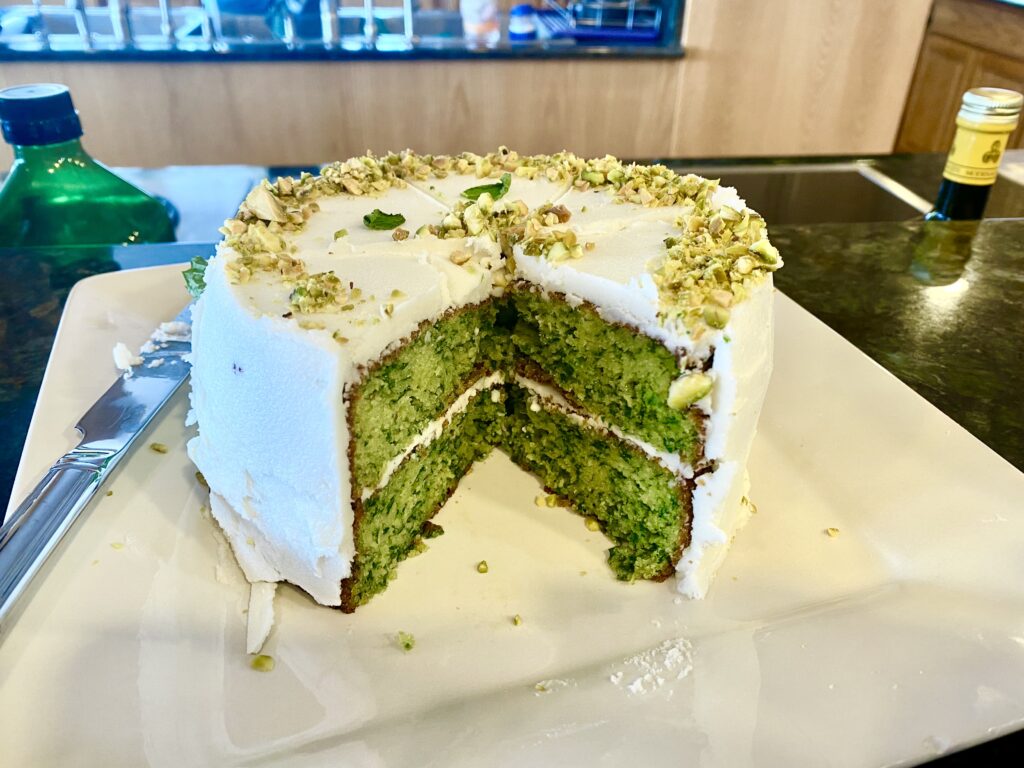The afternoon munchies. They’re common, and brutal. That 3, or 4, or 5:00 snack attack when the shout of our cravings drowns out our smarter voice of reason. So… what defense do we have against our own afternoon insanity?
Our dragons are as unique as we are. There’s no one-size-fits-all solution. But here are a few options to try on for size….
1) DROWN IT OUT. Start with a generous glass of water (with fruit or mint leaves floating in it for flavor if it will make it more appealing), or an herbal tea. Most of the physical component of afternoon “hunger” is usually dehydration.
2) BLOW IT AWAY. Inhale for a count of 5, Hold the breathe for a count of 5, Exhale for a count of 7. Repeat 10 times. This is a handy stress-buster for anytime. Basically, when your body thinks it’s stressed, breathing like a relaxed person can go a long way to de-escalate the body’s stress response.
3) FILL THE VOID. Afternoons can leave us feeling empty. There’s a lot more to us that needs to be nourished than just our stomachs. The day is nearly over, and we didn’t accomplish what we set out to do today, leaving us needing a sense of accomplishment. A relationship soured and we are left feeling unappreciated. We were ignored in that meeting and are unable to express ourselves. There’s no room for creativity in today’s task list. Perhaps we took no time today to connect with that which is greater and brings meaning to life. Checking in with ourselves to see where we are most empty can lead us to sources of nourishment that can fill our true needs more effectively than chips or cookies.
4. EAT WELL. If the tummy is still demanding, ask yourself what nutrients you haven’t ingested today, and pick your snack from those. Low on vitamins? Grab a quick salad, or at least carrot sticks, celery, or other veggies. Not enougb healthy fats? How about an avocado? Minerals and fats lacking? A handful of nuts can help. Protein deficient? Try a tuna pack, or an egg.
Not sure what you need? Try a green protein smoothie – it should cover most bases, and leave you satisfied. Just keep it small – dinner is coming!
Preparing in advance by having some healthy options in a desk drawer or the fridge, ready to grab in a pinch, can go a long way toward warding off the cookie monster within.
And lastly …
5) Think about something else for 5 minutes. Daydream about that next vacation. Start planning a new project. Remember a favorite experience. Most cravings last less than 4 minutes, so chances are that after 5 minutes, you will forget the craving and before you know it, dinnertime will come.
If one if more of these ideas works for you, let me know ! And… ritualize it. Having an afternoon ‘teatime’ routine can train your body to crave solutions that promote health rather than destroying it.
#health #cravings


